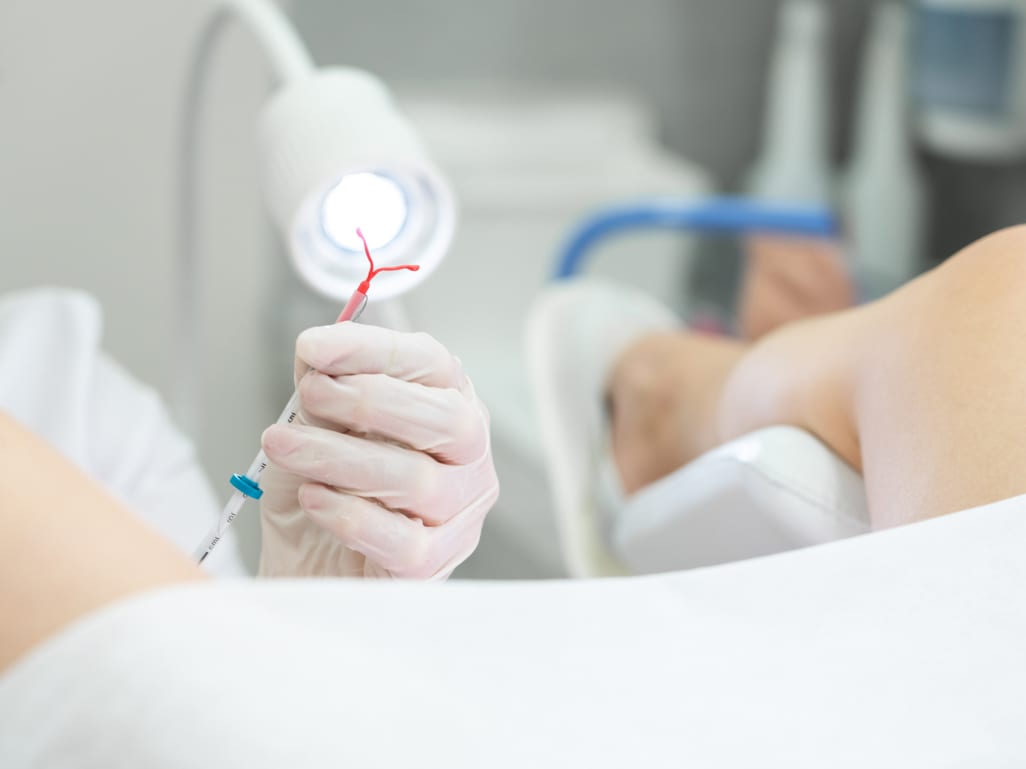An intrauterine device (IUD) is a small device with a T-shape implanted into the uterus by a physician to prevent pregnancy. It is among the most effective birth control measures with a less than 1% failure rate. The IUD insertion is a medical procedure that is minor and will only take a few minutes to complete. However, the experiences differ from one patient to the other. Some women report the experience to be extremely painful, while others do not perceive it as painful. Before going for IUD placement in Midwood, it is essential to have an overview of what to expect.
During the procedure
Of course, when you visit your gynecologist for IUD insertion, the doctor will start by performing a pelvic exam. Therefore, you are expected to remove your undergarments and any other cloth from the waist down. You will then be required to lie on your back to allow the doctor to conduct a pelvic exam using his/her fingers. The doctor will then cleanse the base of the cervix and vagina with an antiseptic solution.
Once the base is clean, using a speculum, the gynecologist will separate the walls to enhance visibility before placing the IUD. With a clear vision, it will then be easy for your gynecologist to insert the IUD through a small opening at the cervix.
The process is quite easy, and it only lasts a few seconds. During the insertion, it is normal to feel cramping similar to or more intense than menstrual cramps. However, if the pain becomes unbearable or persistent, you will be required to communicate with your physician.
Aftercare
The best thing about this birth control procedure is that it does not require any special care after insertion. However, you might experience some cramps and spots for a couple of days or months. Therefore, you can opt for OTC medication to compact the symptoms and regain confidence. However, if the pain persists, you will require communication with your doctor for a professional observation.
The IUD is often attached to a string that your doctor or nurse will use when it is time to remove the implant. The string is not dangerous, and even if you can feel it with your fingers, you should not pull it as that could shift the IUD, hence prevent it from achieving its duty. However, if you experience irritation due to the string or your partner feels the string during lovemaking, you can communicate to your doctor for trimming.
Side effects
Using an IUD has minimal side effects, and they often resolve within a few months. Some of the common side effects attached to a hormonal IUD include missed or no periods, spotting, bloating, nausea, change of breast size, headaches, weight gain, low libido, depression, and mood swings. However, the side effects may not be standard for everyone, as everyone reacts differently. Some women will experience heavy and long periods, irregular periods, backaches, and pain or cramping.
The use of an IUD is safe, and it will guarantee to provide you with the expected results. However, before making the decision, ensure to engage with your gynecologist and only opt for the option that works best for you.









